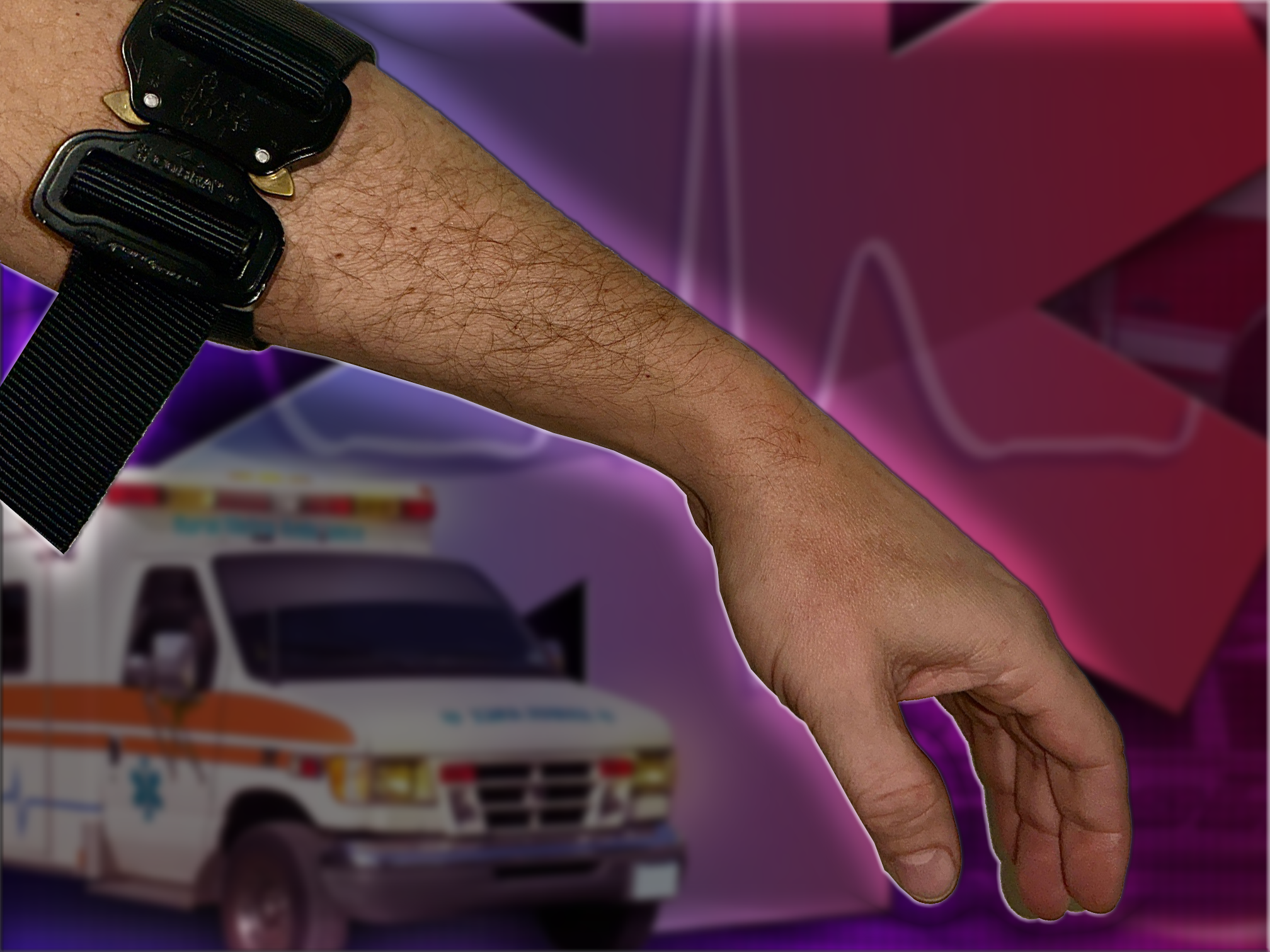
Be Ready for Anything: How a Klik Belt Can Save a Life
Be Ready for Anything: How a Klik Belt Can Save a Life
In emergency situations, every second counts. Whether you're in the great outdoors, on a worksite, or in a tactical scenario, being prepared with the right gear can make the difference between life and death. While most people think of a belt as a simple accessory, a high-quality Klik Belt can serve a critical role as an improvised tourniquet in the event of a severe injury.
When Would You Need a Tourniquet?
A tourniquet is used to stop life-threatening bleeding from a limb when other methods, such as applying direct pressure, are ineffective. Situations that may require a tourniquet include:
-
Severe injuries from accidents, falls, or outdoor activities like hiking or hunting.
-
Worksite or vehicle accidents that cause deep cuts or arterial bleeding.
-
Tactical or self-defense scenarios where immediate medical assistance isn't available.
-
Natural disasters or emergency survival situations where resources are limited.
Why a Klik Belt Works as a Tourniquet
Not all belts are created equal, and in a high-stakes moment, durability and reliability are everything. Klik Belts are designed with mil-spec nylon webbing, making them ultra-strong and resistant to stretching or fraying. The Cobra® quick-release buckle allows for fast, secure application under stress, and the adjustable fit ensures maximum pressure when used as a tourniquet.
How to Use a Klik Belt as a Tourniquet
If someone is experiencing severe bleeding from a limb, follow these steps to use a Klik Belt as an emergency tourniquet:
-
Position the Belt – Place the belt 2-3 inches above the wound (closer to the torso) to effectively restrict blood flow. Avoid placing it over a joint.
-
Tighten the Belt – Pull the belt as tight as possible around the limb to slow the bleeding significantly.
-
Secure the Buckle – Fasten the Cobra® buckle and continue pulling until the belt is firmly in place.
-
Enhance with a Windlass (if available) – If additional pressure is needed, insert a sturdy object such as a stick or multitool under the belt, twist it to tighten further, and secure it in place.
-
Mark the Time – Tourniquets should not be left on for extended periods as they can cause permanent tissue damage. Write down or remember when it was applied and seek medical assistance immediately.
Final Thoughts
A Klik Belt isn't just a tough, reliable belt—it's a tool that can make all the difference in a survival situation. While not a substitute for a medical-grade tourniquet, its strength, adjustability, and rapid deployment make it a valuable emergency option. Carrying the right gear means always being prepared, and with a Klik Belt, you’re one step closer to handling whatever life throws your way.

